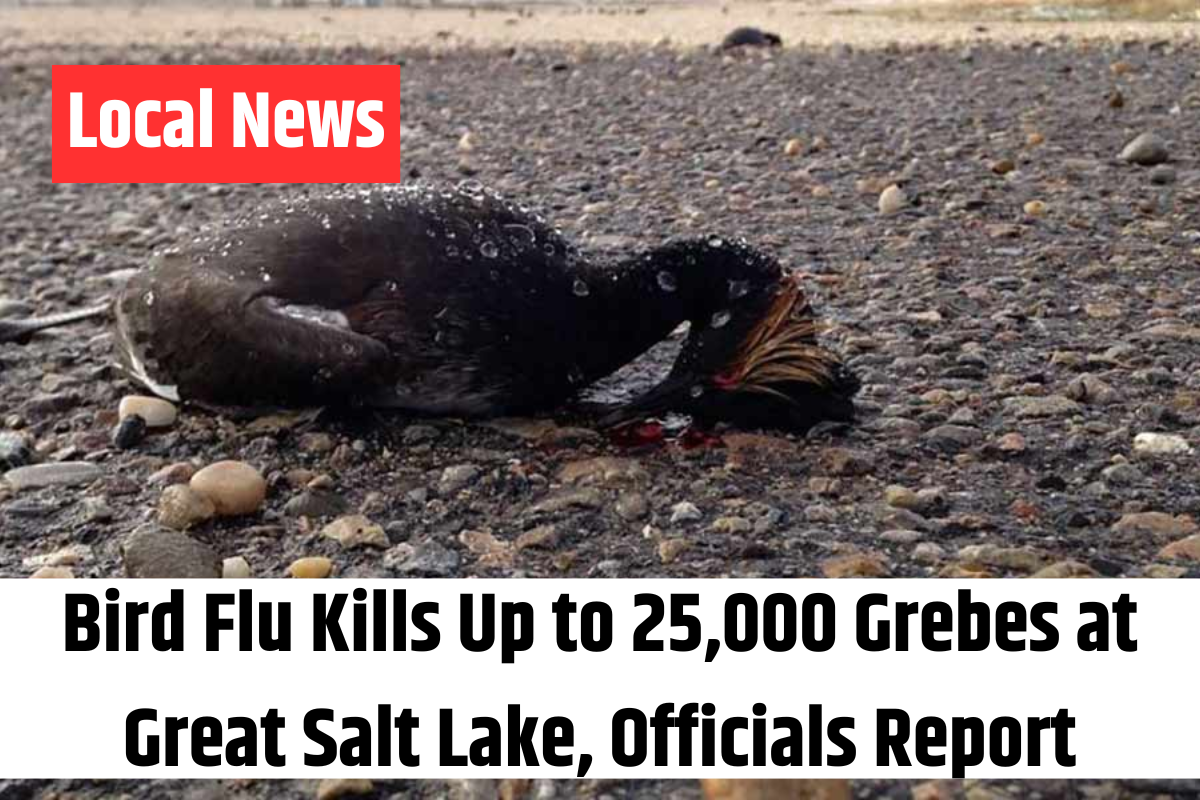
Wildlife officials in Utah estimate that between 15,000 and 25,000 eared grebes have succumbed to a highly contagious strain of avian influenza in recent months. The outbreak has led to large numbers of dead birds washing ashore throughout the Great Salt Lake, a critical habitat for migratory birds.
The Utah Division of Wildlife Resources (DWR) began identifying cases of bird flu in the area in November 2024, spokesperson Faith Heaton Jolley told KSL. Initial testing of a few collected carcasses confirmed the presence of the virus, and officials suspect that the majority of dead birds found in Box Elder and Salt Lake counties were also affected.
Each year, approximately 10 million to 12 million migratory birds pass through the Great Salt Lake, with eared grebes making up a significant portion of that population. While the current mortality rate is substantial, Jolley reassured that the overall eared grebe population, estimated at 4 million annually, is unlikely to face long-term consequences.
Reports of dead birds have increased, with visitors noticing carcasses along the shoreline. A woman visiting the Great Saltair recently described seeing “hundreds” of dead birds in various stages of decomposition. Wildlife experts, however, were not surprised by the sight.
“The high salt content of the Great Salt Lake preserves the birds’ remains, slowing decomposition and preventing scavengers from consuming them,” Jolley explained. “These carcasses will likely continue to wash ashore over the next several months.”
Residents who encounter five or more dead birds are urged to avoid touching them and instead notify their nearest DWR office.
The outbreak at the Great Salt Lake coincides with a resurgence of bird flu across Utah. The virus, which has impacted wild and domestic bird populations nationwide since its first detection in South Carolina in early 2022, led to the culling of 1.8 million chickens in Cache County in October 2024. The following month, more than 100,000 turkeys were culled in Piute County. A similar outbreak in 2023 resulted in the deaths of 10,000 to 20,000 shorebirds at the Great Salt Lake.
Avian influenza spreads rapidly among birds, with waterfowl, shorebirds, raptors, and scavengers being among the most susceptible. While the risk to humans remains low, the Centers for Disease Control and Prevention (CDC) has recorded 67 human cases in the past year, including one fatality.
The outbreak has also contributed to economic concerns, with egg prices soaring nationwide due to disruptions in poultry production.




